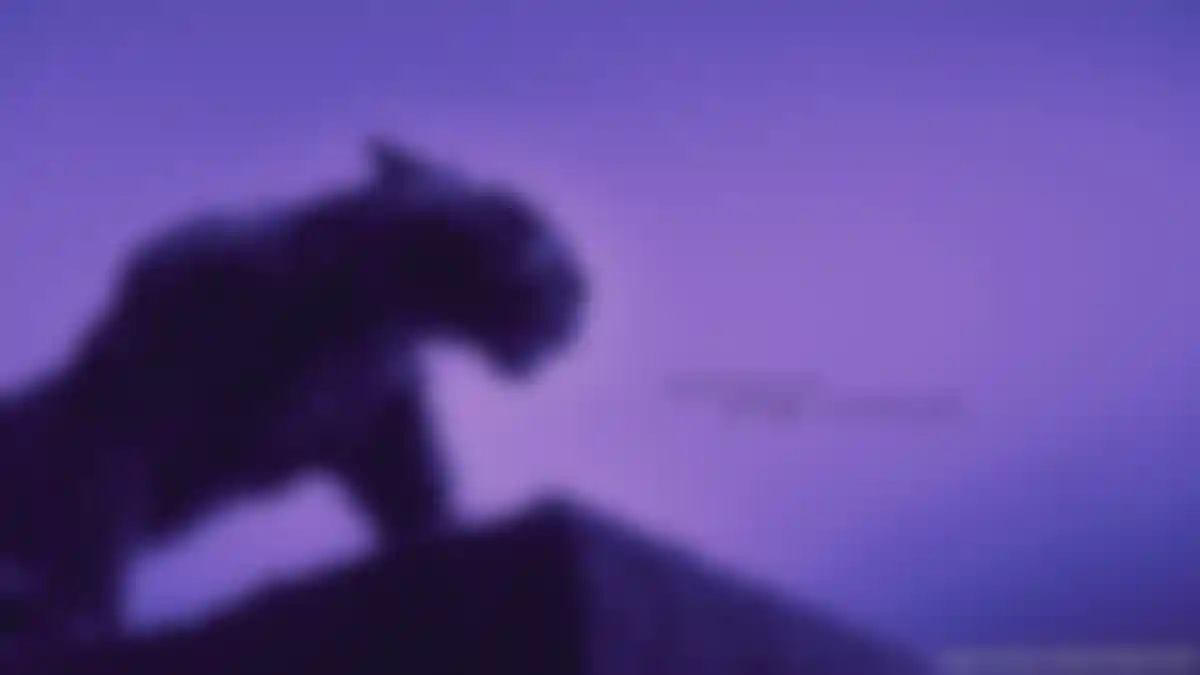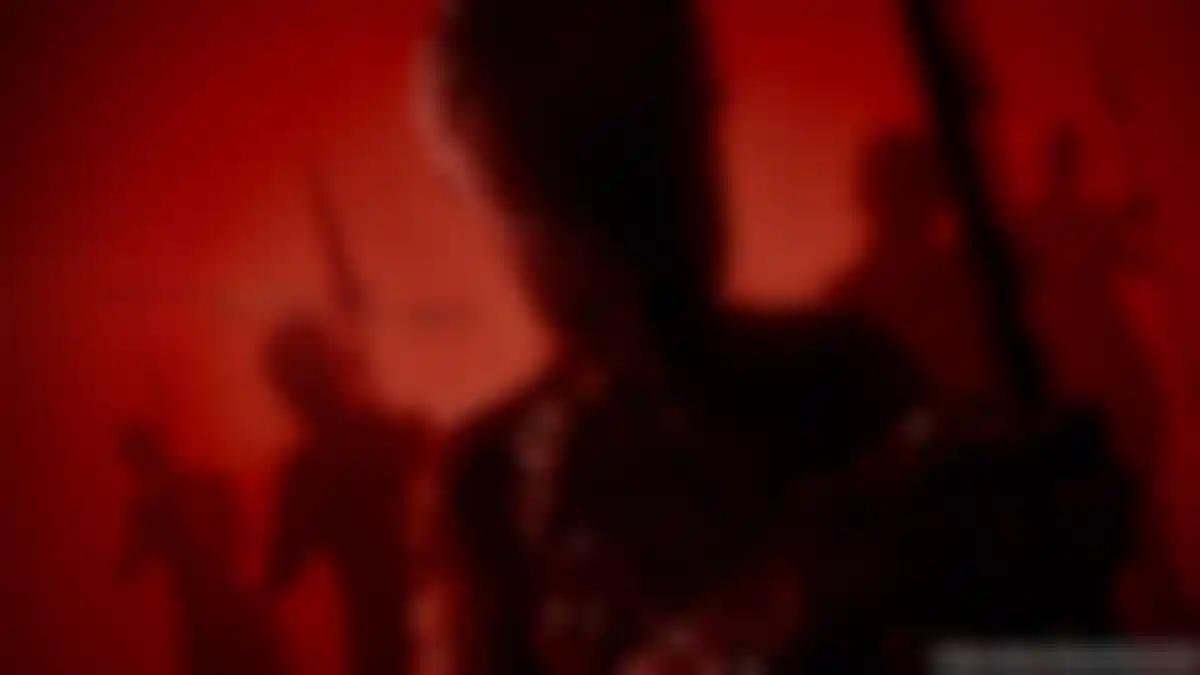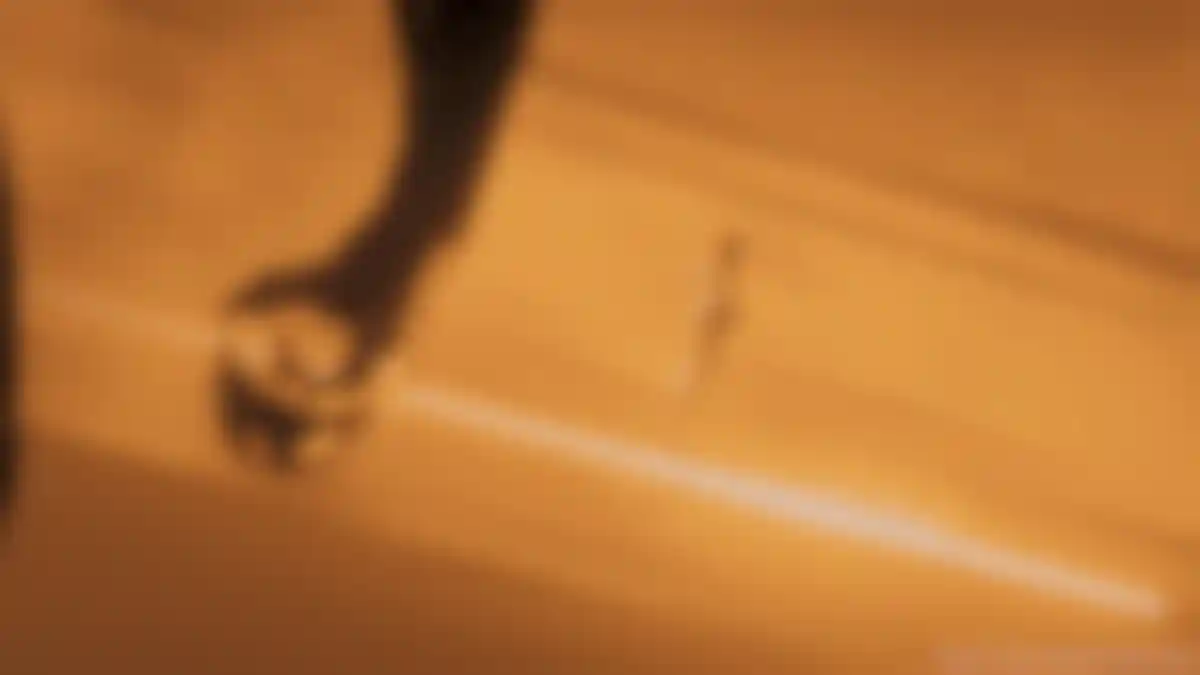
Technical Gadgets for Marvel's Black Panther Perception on the 18 months they spent working on Black Panther's future tech.
Holograms are impressive sci-fi mainstays but for Marvel Studios’ Black Panther, futuristic technology had to be much more than “light in air,” says Jeremy Lasky, co-founder of New York City-based Perception. For more than a decade, Perception has created much of the advanced technology seen in Marvel films, including Iron Man 2, Thor: Ragnarok, Captain America: Civil War and The Avengers. Experts at creating gadgets, interfaces, screen graphics and other future tech, Perception knows just how far to push innovation without letting it become unbelievable.

But Black Panther presented new challenges because the African nation of Wakanda—Black Panther’s home world — is far more technologically advanced than any society in the Marvel Cinematic Universe. In this case, Perception collaborated with Marvel Studios for 18 months and used Cinema 4D, X-Particles, Houdini and Redshift to design, develop, animate and render the visionary technology seen in the film and end title sequence.

Here, Lasky and Perception’s creative director, John LePore, explain their process for creating Black Panther’s future tech, which was used alongside the work of other collaborators on the film, including Trixtor, Framestore, Storm VFX and Method Studios.
What kicked off Perception’s involvement with Black Panther?
Lasky: In the summer of 2016, I got an email from Nate Moore, who has produced several Marvel films and we have a great relationship with him. He asked if we wanted to work on Black Panther and, of course, we did because we are Marvel fanatics so we already knew Black Panther’s story and mythology. Marvel already knew they wanted tech to play an important role in the film because Wakanda is such an advanced society. We’ve been working with them so long, they trust us to be technology consultants. Something like this comes up and the initial brief wasn’t, ‘Hey we have a scene that needs a gadget.’ They wanted a whole presentation for director Ryan Coogler and the rest of the Marvel executive team on technology that was not simply more advanced than anything we’ve seen – they wanted the technology to have a distinct character, almost a soul, and something that fit with the secluded world of Wakanda.

What do you mean when you say the technology needed a soul?
LePore: We wanted the technology to be physical matter, something that could be touched. Vibranium is a natural resource in Wakanda. The metal is the country’s main source of energy, and it also powers Black Panther’s bullet-proof suit. Vibranium is in the comic books and it was used in Captain America’s shield, but there isn’t any rulebook to explain its properties or what it’s capable of. We spent a lot of time thinking about those things. Whenever we work on a film like this, we want to make sure the concept feels like it has a lot of depth to it. If you dig into the Marvel archive, you’d get a lot of scientific detail about it. It also has to be capable of capturing an audience, so they feel like, ‘Oh, wow! I want to travel to that universe and experience that myself.’

Explain how vibranium works technologically.
LePore: Knowing that vibranium is bulletproof and absorbs sound, we looked at a lot of research on things like sonic weapons, the concept of echolocation and various tests and experiments by Carnegie Mellon and MIT Media Lab. Jeremy is a Carnegie Mellon alumni so he is always popping his head in there to see what’s happening. And with our experience working on emerging technologies with companies like IBM and SpaceX, we already have a lot to draw from.
Also, while working with some hardware related to mid-air haptics, we discovered some interesting possibilities. Researchers used a pad with an array of transducers on it emitting ultrasonic soundwaves into the air. When they held their hands over the pad, they could feel the sensation on their palms. The idea is that one day we will be able to have the sensation of touching an object that isn’t really there. And we found out that the University of Tokyo is using that same pad to levitate Styrofoam particles. That led us down the path of having vibranium particles, which are a lot like sand, morph and reassemble into different shapes and forms.

Lasky: The sand starts moving in response to sound waves, and you see it appear in several different forms in the film, like T’Challa’s (Black Panther played by Chadwick Boseman) vibranium suit, the tactical strategy table in T’Challa’s Royal Talon Fighter jet and as a communication device. T’Challa can actually pull energy from the vibranium in the ground when he is in Wakanda, so the smart sand echoes the film’s emphasis on the land.
LePore: Before those scenes were even filmed, we used Cinema 4D and X-Particles to create various animations depicting vibranium sand interactions. That allowed us to explore different possibilities and ultimately create references for the filmmakers and cast to use on set.
Talk about how Perception’s ideas and concepts were also used in the end title sequence.
LePore: Because we had already contributed to the film in many ways, we didn’t have to do a competitive pitch for the title sequence so we were able to focus on a single idea that felt appropriate for the film. We told them that we thought the titles should show events from the film—that had been rendered in vibranium sand—being entered into Wakanda’s history. They liked that idea and let us see a rough cut of the film. That was terrific because we were able to think about iconic images and how we could graphically present themes of the film in the title sequence. When each actor’s name appears on screen, we also show something that represents them. We do that same thing with writers, producers, the VFX supervisor, everyone. And we depict everything using this flexible, beautiful medium of vibranium sand.

We were honored to have a music track to work with by Kendrick Lamar. He created a song specifically for the end titles and having that sonic bed by this legendary musician made it possible for us to use Cinema 4D’s sound effectors to make the sand particles pulse and undulate to the music. Everything is slow and sensual and flows beautifully with the music. For us, creating this end title sequence was a great conclusion to our 18-month contribution to the film.
How did you ensure that what you created fit with the Wakanda universe?
Lasky: Marvel’s team really kept us grounded throughout the project. Nate [Moore] was the reality police and if he thought something felt too much like magic, he would bring us back down to the rulebook that was established. The studio provided us with what they called the Wakanda Bible, a 500-page document that was assembled by the production department. All of the visual cues were in there and every component of Wakanda’s culture and history was explained in great detail.
Perception Website on Black Panther: http://experienceperception.com/black-panther-fui
Credit List:
Jeremy Lasky - Principal/Founder
Danny Gonzalez - Principal/Founder
John LePore - Chief Creative Director
Eric Daly - Senior Producer
Russ Gautier - Art Director
Doug Appleton - VFX Director
Justin Molush - Lead Animator
Sanu Sagar - Lead Design
Alex Rupert - Lead Artist
Sekani Solomon - Artist
Handel Eugene - Artist
Brandon Uloho - Artist
Trevor Kerr - Artist
Blain Klitzke - Artist
Khairul Ahmed - Artist
Bhakti Patel - Artist
Nick Woythaler - Artist
Paul Zagorsky - Artist
Willie Russell - Artist
Ed Traquino - Artist
James Williams - Artist